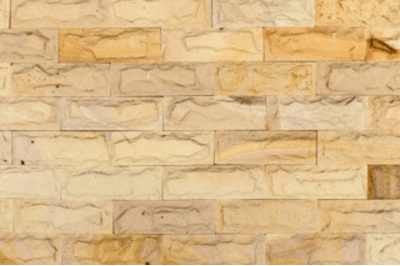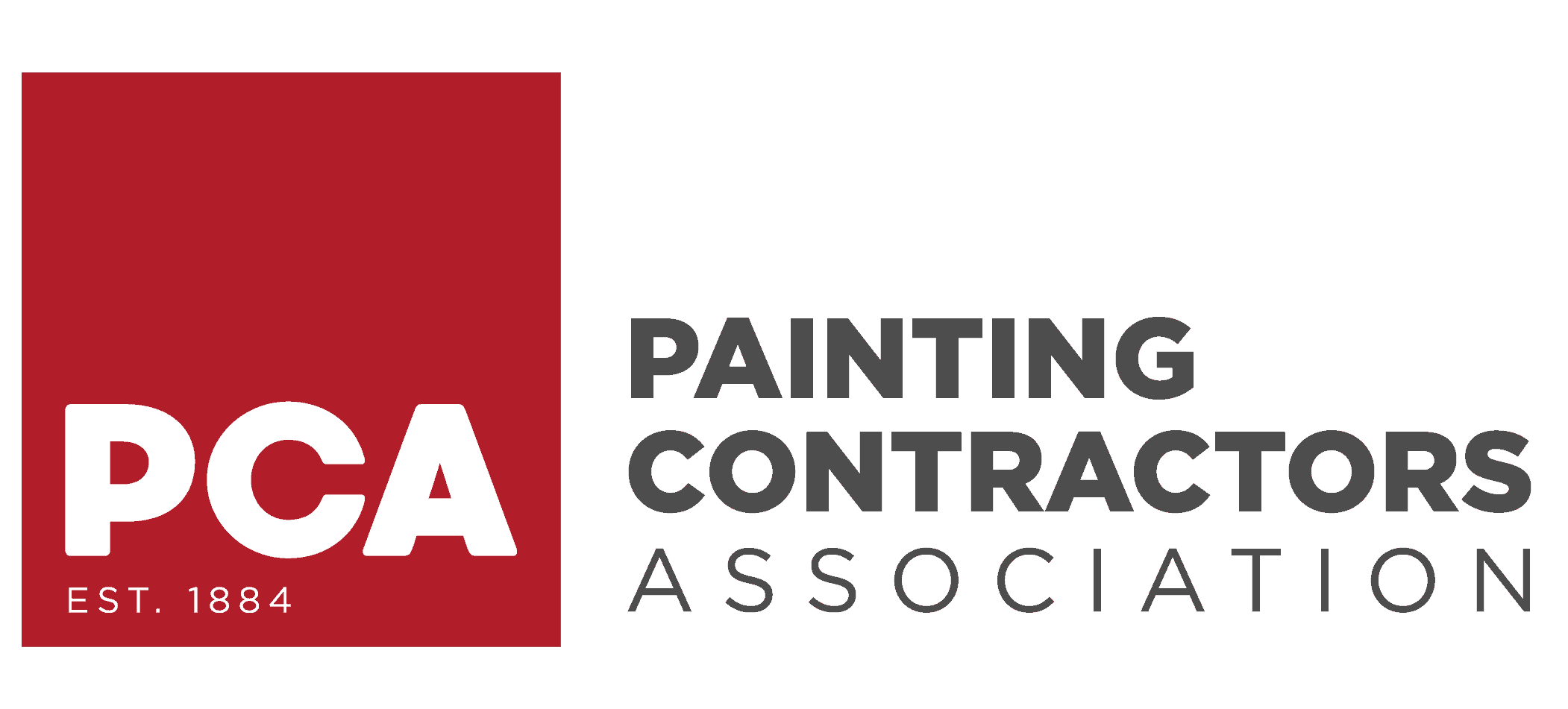Painting Brick: Pros & Cons
 To paint over the brick or not to paint over the brick – that is the question. This question has divided homeowners, professional painters, and designers for many years. After all, painting over brick is a big decision, and once you do it, there’s almost no going back. If you’re wondering whether you should break out the rollers and dropcloths, check out our pros and cons list to help you make your decision.
To paint over the brick or not to paint over the brick – that is the question. This question has divided homeowners, professional painters, and designers for many years. After all, painting over brick is a big decision, and once you do it, there’s almost no going back. If you’re wondering whether you should break out the rollers and dropcloths, check out our pros and cons list to help you make your decision.
PROS
- Appearance – Something about the current state of the brick around your home made you daydream about painting it. The entire facade of your home may be brick, or you may just have a brick feature, such as a fireplace. In any case, if you are tired of the way the brick looks, a coat of paint will do wonders for transforming its appearance! A coat of neutral-colored paint can turn a dated brick home into a modern one, and a coat of white paint over a dark brick fireplace can lighten up the entire room.
- Protection – Though brick is solid, it is still at the mercy of the weather, and can fade, corrode, and become damaged. Here in Jacksonville, harsh sunlight can fade bricks, excessive moisture can get trapped in their pores, and sand and salt can corrode them. A coat of paint can give a layer of protection to the brick, as long as you remember that once you paint the brick, it will need to be repainted every few years to maintain an effective level of protection.
- Maintenance – A painted surface is almost always easier to maintain than an unpainted surface, and brick is no exception. Brick is porous, and the pores can hold dirt, debris, and moisture. Therefore, brick that has been properly cleaned, prepped, sealed, and painted is easier to clean and in most cases, easier to maintain.
CONS
- Maintenance – In the case of painted brick, maintenance can be both a benefit of painting brick, and a drawback. Though a coat of paint will seal the pores of the brick and make the surface easy to clean, there are a few other things to consider. For example, once the brick is painted, it will need to be repainted approximately every 3-5 years. There is also the risk of moisture buildup. Certain types of coating can reduce the ability of the brick to expel moisture, thus trapping the moisture in the bricks. Moisture must be allowed to escape, otherwise cracks will appear in the bricks, and they will become damaged, sometimes irreparably.
- Brick quality – The quality of the brick may determine whether or not you can paint it. For example, brick that is chipping, deteriorating, overrun with mold or mildew, or otherwise in poor condition will not make a good surface for painting. Paint will not properly adhere in the first place, and as the bricks continue to deteriorate, so will the paint.
- Prep work – Painting over brick is touted as a simple DIY project, and this is true, provided you are a seasoned DIYer, and well-versed in complex painting projects that require much prep work. First, you’ll need to thoroughly clean the surface, most likely using pressure washing, along with high quality cleaning solutions, targeted toward your home’s unique needs. For example, if mildew is a problem around your home, it won’t be enough to pressure wash; you’ll also need to use the right mixture of chlorinated cleaning solution to combat the mildew. Be aware also that there are many different kinds of brick, each requiring a chemically compatible approach. Then, the brick must be allowed to thoroughly dry, which can take up to several days. Otherwise, moisture will become trapped inside the brick and cause the subsequent paint to bubble or peel. All cracks and mortar issues must then be addressed, and any crumbling bricks will likely need to be replaced in order to ensure that the final coat of paint is appealing and effective.
- Specialty skills – Prepping and painting brick requires specific and finely tuned skills. Paint drips along the crevices in the mortar, and you’ll need to have a keen eye to watch for these drips and correct them. Different types of rollers and brushes and paint formulations are required of different brick painting projects, and for this reason, most homeowners choose to find a good professional painting contractor to do the job.
- Permanence – Once a brick surface is painted, there is almost no going back. It would be incredibly expensive and time consuming to attempt to remove paint from brick, and the results would most likely be undesirable. Brick absorbs paint into its pores, and it is impossible to remove it completely once it has been applied.
The Best Painting Service Jacksonville FL
There are many good painters in Jacksonville FL, but The Painting Craftsmen takes pride in being the best professional painting service in the region. We specialize in applying high quality topcoats to exterior surfaces, including wood, vinyl, aluminum, cedar shake, stucco, and yes – brick, too! Painting brick is a headache for most homeowners, but not for us. We take care of everything, from the pressure washing and caulking, to the paint application itself. The Painting Craftsmen is known for our friendly and highly skilled technicians, our high quality paint and materials, and our passion for creating beautiful surfaces with long-lasting results. Find out for yourself why The Painting Craftsmen is the best painting company Jacksonville FL homeowners love and rely on!














